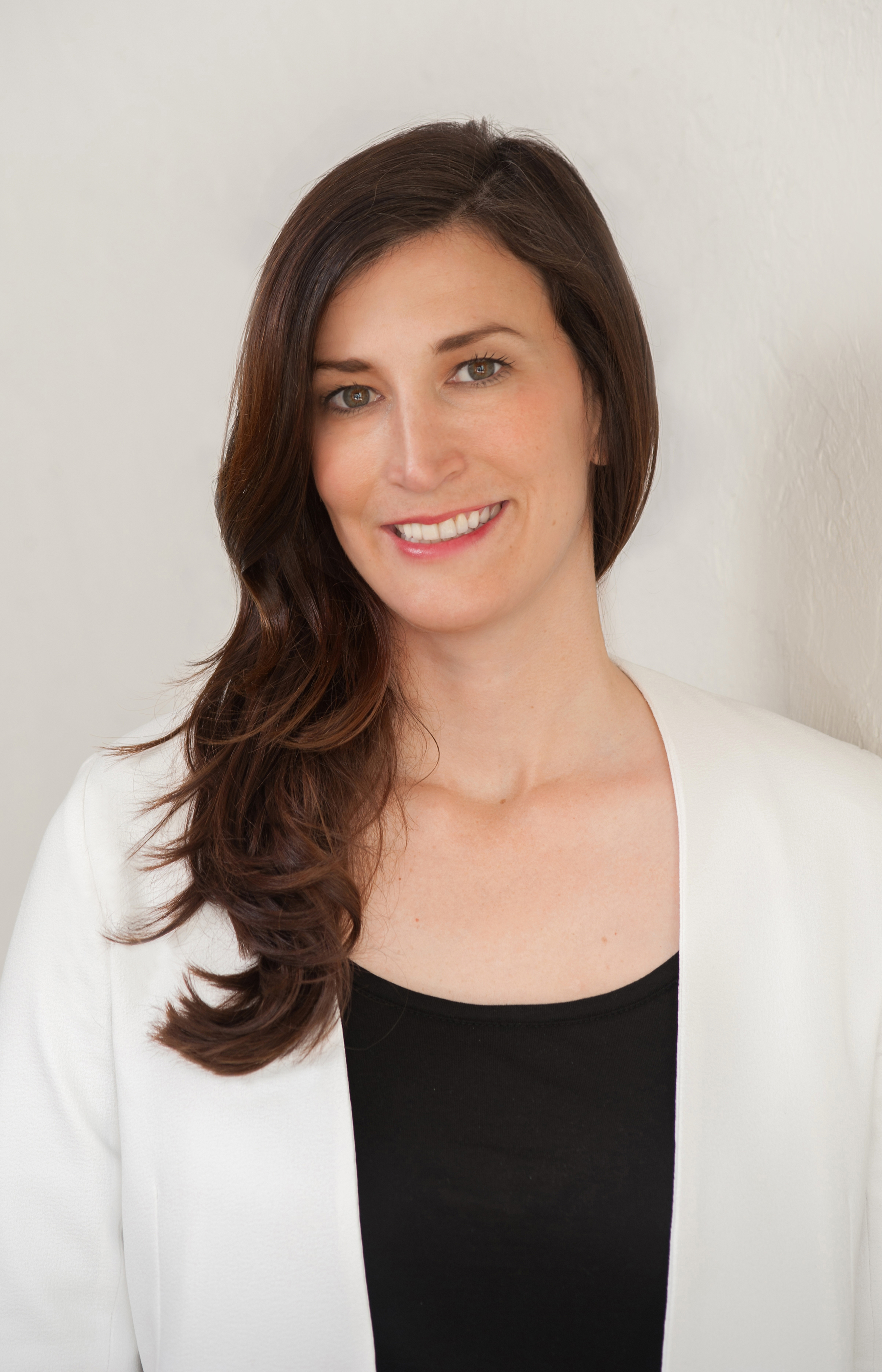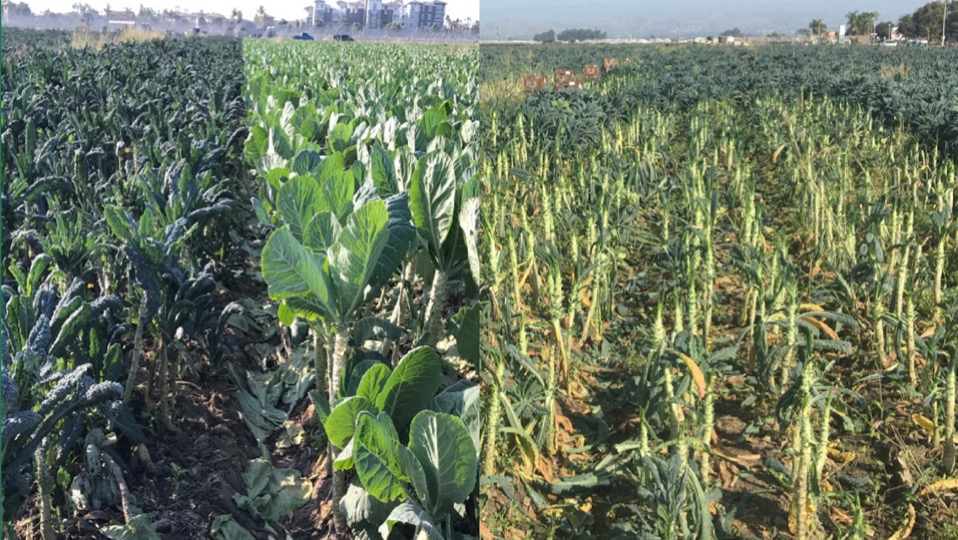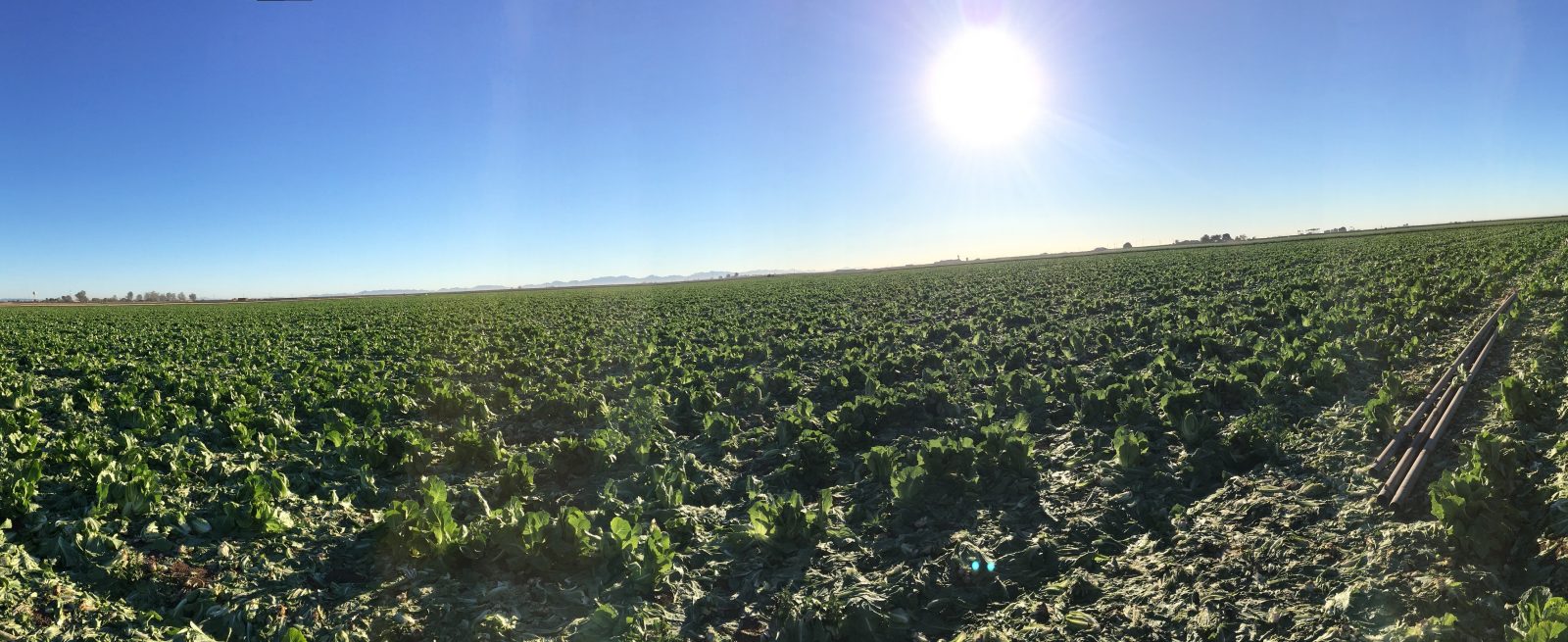MRM Talking With: Christine Moseley, Founder and CEO of Full Harvest
5 Min Read By MRM Staff
Full Harvest is the only B2B marketplace working to solve the problem of food waste by connecting farms with businesses interested in buying surplus or so-called "ugly" produce.
In this edition of MRM Talking With, Christine Moseley, Full Harvest's founder and CEO discusses the organization's roots, how they work to combat food waste, the advantages and misperceptions of imperfect produce and the role restaurants play.
How does Full Harvest work and what was the origin?
Full Harvest is the first online business-to-business marketplace that connects food & beverage and food service companies directly to farms to purchase "ugly"and surplus produce. Providing value along the entire supply chain, Full Harvest significantly reduces wasted food and resources, lowers produce costs for food companies and creates revenue streams for farmers.
Full Harvest was founded out of a passion for the environment, sustainability and affordable healthy food.
Full Harvest was founded out of a passion for the environment, sustainability and affordable healthy food. During a farm visit, I found myself calf-deep in beautiful, edible romaine leaves that were about to be churned under after romaine heart harvesting. I was shocked to find out that more than 20 billion pounds of produce go to waste each year simply because they are excess or not perfectly shaped for grocery stores, contributing significantly to climate change. I vowed to not stop until this problem was solved.

How do you raise awareness?
We have been fortunate that food waste went from a topic that not many knew much about just a few years ago, to becoming one of the hottest topics in media. The trend was initially started by a couple of viral videos of solutions in Europe as well as a National Geographic story in 2016. However, we have now become a thought leader in the space and spent a lot of resources educating the market through large media channels, top conferences and speaking events.
With the recent significant focus on climate change, our message is even more pertinent now given that food waste is the #3 contributor to climate change.
What are the advantages of using imperfect produce?
Buying surplus or "ugly" produce can save buyers up to 10-30 percent in cost compared to using traditional distributors. Additionally, buyers can save up to 95 percent of their time in sourcing their produce using our easy-to-use online marketplace. More timely, Full Harvest buyers benefit from a strong sustainability brand story that millennials care about and differentiates your brand.
What are misconceptions about imperfect produce?
To put it simply, there is nothing wrong with imperfect produce from a quality and food safety standpoint, it just looks different. “Ugly” or imperfect produce is off-grade or USDA #2 produce that is perfectly edible and delicious but rejected simply based on retailer aesthetic standards. Over 20 billion pounds of produce are wasted per year in the U.S. due to size, misshapen, discoloration, scarring, or surplus reasons.
Over 20 billion pounds of produce are wasted per year in the U.S. due to size, misshapen, discoloration, scarring, or surplus reasons.
What do restaurants need to know about the waste they create?
With over a million restaurants in the United States alone, restaurateurs need to know that they have the power to make a significant environmental impact positive or negative when it comes to food waste.
Project Drawdown has identified waste as the #3 way to reverse climate change, yet 30 to 40 percent of all food globally is wasted. According to The Roadmap and ReFED, over $218 billion is spent in the United States to grow, process, transport, and dispose of uneaten food. Digging deeper into that number, restaurants generate 11.4 million tons of food waste annually at a cost of more than $25 billion. Utilizing Full Harvest is a way to curtail your impact in a positive way.
How can working with an effort such as Full Harvest affect a restaurant’s bottom line?
According to a study by Ohio State University, 60 percent of restaurants go out of business within their first year and 80 percent within five years. To survive in a high-risk industry, restaurants must focus on the areas where they can reduce costs. With Full Harvest, buyers have lowered their cost of goods by up to 10-30 percent and saved up to 95 percent on time procuring produce.
What are the biggest misconceptions restaurants have about food waste and their role?
One of the biggest misconceptions restaurants have is that reducing food waste requires high effort and has little pay off. There are a variety of food waste prevention, recycling, and recovery solutions that restaurants can adopt and integrate into their current processes with little to no disruption, including Full Harvest.

For every dollar restaurants invest in food waste reduction, they'd realize an $8 in cost savings, which totals to nearly $620 million in business profit potential annually. Whether you're a full-service or limited-service restaurant, everything from inventory planning to utilizing smaller plates or portions to composting can make a difference when it comes to food waste.
What are the biggest challenges for restaurants and other businesses in implementing a food-waste management effort?
A large challenge for restaurants to implement a food waste solution stems from not utilizing technology. You can’t manage what you can’t measure. In order to understand the effects of and institute scalable solutions for food waste, restaurants and businesses most adopt technology for every level of their business. The food and beverage industry has primarily functioned offline relying heavily on pen-and-paper.
For every dollar restaurants invest in food waste reduction, they'd realize an $8 in cost savings, which totals to nearly $620 million in business profit potential annually.
Full Harvest is introducing technology on the procurement side to increase supply chain efficiencies and margins, as well as improvements on order data and sales tracking. By adopting technology, restaurants will have the data they need to make better business decisions to improve inefficiencies and waste and source more sustainably.
Restaurants have to focus on not only how they're selling and disposing of food, but where they are getting their food in order to effectively combat waste. Currently, the supply chain for buying and selling produce is highly fragmented. Farmers and food & beverage companies have to work via phone, text, email, or paper checks to get things done. By exploring technology solutions like Full Harvest, restaurants can ensure visibility, traceability, and efficiency in the supply chain.
What does “sustainability at the root level” mean to you?
Our mission is to ‘empower sustainability at the root level with the marketplace for ugly and surplus produce.’ To me, “sustainability at the root level” means that sustainability starts at the farm first.
However, it cannot be empowered without demand on our marketplace from food companies in order to incentivize growers to sell product that they previously did not think they had a market for and wasted it. Essentially, food companies’ and restaurants' buying power can help make a massive dent in the food waste problem by purchasing through Full Harvest direct from farms.

